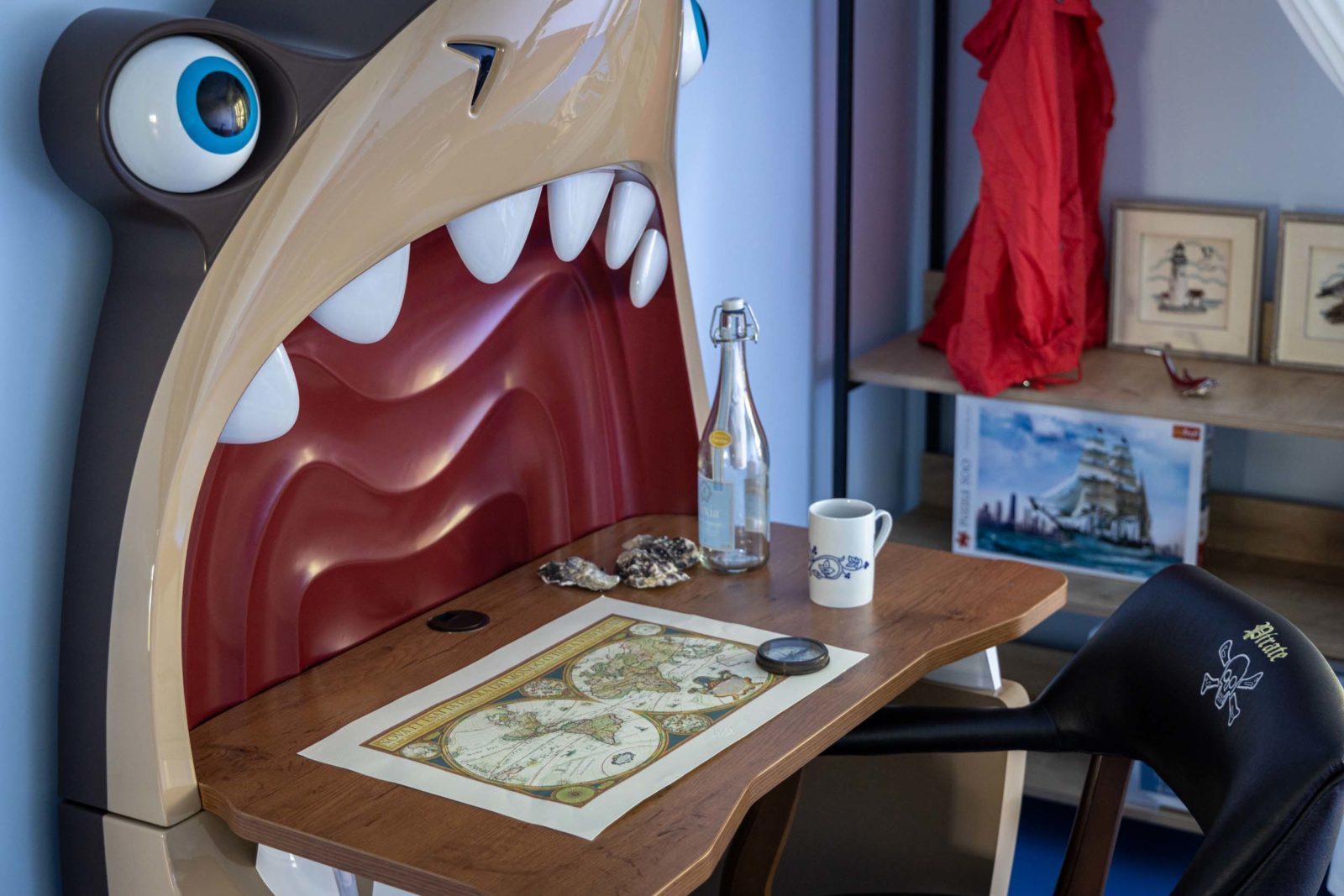
The Inner Teenager Archetype: A Leader’s Friend and Foe
The “Inner Teenager“ archetype represents the part of us that embodies youthful energy, a yearning for freedom, independence, and self-expression. This archetype symbolizes a life stage where we define our values, envision our future, test boundaries, and strive to be seen and understood.
For adults—particularly successful leaders—this energy plays a vital role, offering:
- The Courage to Dream and Think Creatively: The inner teenager helps break patterns and find innovative solutions.
- Energetic: Youthful, “explosive energy“ keeps you moving forward, especially during difficult times.
- A Hunger for Change: This archetype introduces an element of challenge, pushing us out of comfort zones.
However, like any archetype, the inner teenager can be both a help and a hindrance when its influence becomes overpowering.
When the "Inner Teenager" Dominates
- Impulsiveness
Decisions driven by emotions without regard for long-term consequences. Priorities shift overnight.
Example: A leader abruptly changes the company’s strategy based on a trendy idea without analyzing the risks.
- Resistance to Criticism and Authority
The rebellious spirit can make one closed off to feedback.
Example: A manager dismisses team input, believing they are the sole source of truth.
- Craving Recognition
Leaders may focus more on proving their worth than achieving collective goals.
Example: Pursuing personal accolades at the expense of team success.
When the "Inner Teenager" is suppressed
- Loss of Creativity
A leader becomes rigid, adhering strictly to past decisions despite changing circumstances.
According to the theory, the company stops using the latest ideas, the vision comes as if from the “rearview mirror“, with full support from previous experience.Or there is no vision at all, only plans for the year or another immediate period. Such organizations reason like this: “If we don’t know how to do it, then there’s no point in dreaming”, “We always need to build a turning point and in such detail, if we can’t, then there’s no point in making any plans”. - Fear of Change Over-commitment to stability stifles innovation. Such leaders struggle to adapt, relying only on guaranteed outcomes. It becomes an emphasis on the risk sensor – “everything must be weighed properly first”, “now is not the time”, “it is not clear whether this will have an effect”.. Руководитель ищет решения, которые с его точки зрения гарантируют нужный результат, если не находит — сомневается и не двигается. Не умеет пробовать, выстраивать эксперименты и вообще не приверженец Agile-подхода. Или приверженец на словах, а не на деле.
- Lack of Emotional Connection Teenage sincerity is important for building reliability. Subordinates feel alien and avoid discussing problems. Such behavior is based on excessive caution, fear of opening up and showing their true feelings. Often such managers believe that at work “you have to be serious”, “the office is not a place for fooling around”. В крайнем варианте такой руководитель не прощает ошибок и оплошностей ни себе ни сотрудникам.
If you find that any of this applies to you, the question becomes: how can you build a healthy relationship with this part of yourself?
How to build a healthy relationship with your Inner Teenager
- Cultivate Awareness
- Reflect on impulses:« Why do I want to act this way? Is it rational or emotional? »
- Analyse your responses to criticism and rules.
- Foster Creativity
- Involve your team in discussing ideas
- Brainstorm. Real, no criticism, no limitations.
- Use different ways to create ideas – draw, sculpt, play.
- Create Safe Emotional Spaces
- Embrace sincerity and imperfection.
- Share personal stories with your team about joys and struggles outside the office.
At our retreat centre, our Inner Teenager practice rooms invite you to rediscover the energy of play, inspiring dreams and creative visions for your life.
Balancing the Inner Teenager
To prevent the inner teenager from taking over:
Strengthen Other Archetypes
- The Magician: Develop strategic thinking and emotional control to foresee long-term consequences.. Развивайте стратегическое мышление и контроль эмоций. Учитесь видеть последствия своих действий в долгосрочной перспективе.
- The Lover: Embrace empathy and self-compassion to understand and support others better.. Позволяйте себе грустить, заглядывать в свои воспоминания, выразить сочувствие самому себе, и через это научиться эмпатии, сочувствовали другому человеку.
Set Internal Boundaries.
Ask yourself what matters more: short-term gratification or long-term goals.
Reflect and Adjust.
After an emotional decision, analyse what could have been done differently.
In order to start this implementation, you can take small practical steps:
- Practical Steps Pause for Reflection: In moments of emotion, stop and ask yourself:
What do I want to achieve?
Is this the best way?
How will this affect others?
- Seek Support: Work with a coach or mentor to gain broader perspectives and identify blind spots.
- Developing Emotional Intelligence: Read the tutorial and complete the exercise to learn how to better recognize your emotions, notice the emotions of others, and incorporate them into the context of your interactions with colleagues and friends.
The “Inner Teenager” is a powerful source of energy that can be your ally or adversary. The key to harmonious leadership lies in listening to this inner voice without letting it take the wheel. Harness this energy for inspiration, but rely on maturity to lead the way. Explore the King archetype as a foundation for leadership energy.




